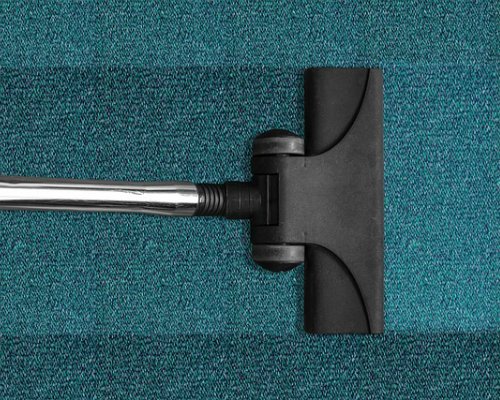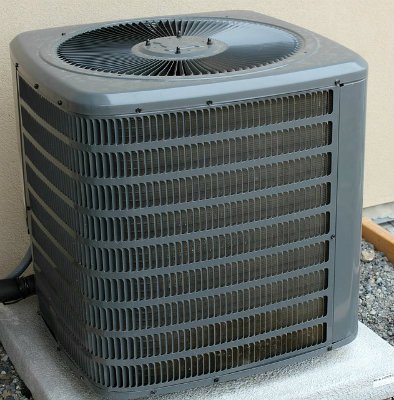Homeowners love concrete for various reasons, but mostly because it’s practical and durable. That’s why most driveways are made from concrete. But even though they are made to last, there still might be issues after time.
While it is strong, it isn’t going to last forever. So, if you have a concrete driveway, there are some things you should keep an eye out for, as well as some regular maintenance you should mix into your routine.
Signs Your Driveway Needs Attention
Whether there are aesthetic issues or problems with functionality, these are the things you should look out for:
Stains
This falls under the aesthetic category.
If you notice a stain, whether its gasoline, oil, or even antifreeze, it’s best to address it right away. It will be much easier to clean the same day, rather than 6 months later.
If you don’t have time to do so right when it happens, throw an absorbent material like cat litter or baking soda on the stain to cover it for safety until you have time.
Unevenness
Have you noticed your driveway is uneven or has a few bumps? This is a sign the surface beneath the paving is unstable and has suffered structural damage.
You probably don’t need to pour a whole new driveway (unless you want to spend all that money). A quicker and more cost effective fix is to add an overlay on top of the uneven driveway. How uneven the surface is will determine how thick your overlay should be.
Corrosion
Harsh chemicals or even extreme weather conditions (especially using rock salt for de-icing) can cause corrosion. Whatever the case, you should take care of it before bigger problems arise. You will probably need to call a concrete contractor on this one.
Cracks
Typically after a harsh winter and recurring freezing cycles, cracks will appear. Keep an eye on these. And if they get too large, call in a professional for a second opinion.
How You Can Care for Your Driveway
Aside from looking for the warning signs of concrete damage, there are several preventative measures you can take to ensure a healthy concrete driveway.
Clean it
Using a power washer once a month is a reasonable chore. This will allow you to get rid of any dirt or grimy buildup before it has time to grow into something harmful.
Ditch the chemicals
Some chemicals can have a positive effect on concrete, but others are meant to erode it. Tri-sodium phosphate (TSP) and baking soda are examples of stain removers for your driveway.
Be sure you do your due diligence when choosing chemicals that will come in contact with the concrete. Sulfates and calcium chlorides are corrosive chemicals you’ll want to avoid.
Get it sealed
Perhaps the best defense for your driveway is getting it regularly sealed.
Using a water-based agent, acrylic, or urethane to coat your driveway can help protect it against the elements. A sealant will also ultimately lead to a reduction in cracking as well as the potential to stain easily.
With all of these tips and red flags to look out for, we’re certain you’ll be able to care for your concrete driveway and benefit from this long lasting element to your home.
How often do you take care of your driveway? Did we miss any maintenance tips on our list? We’d love to hear from you! Leave us a comment below.





